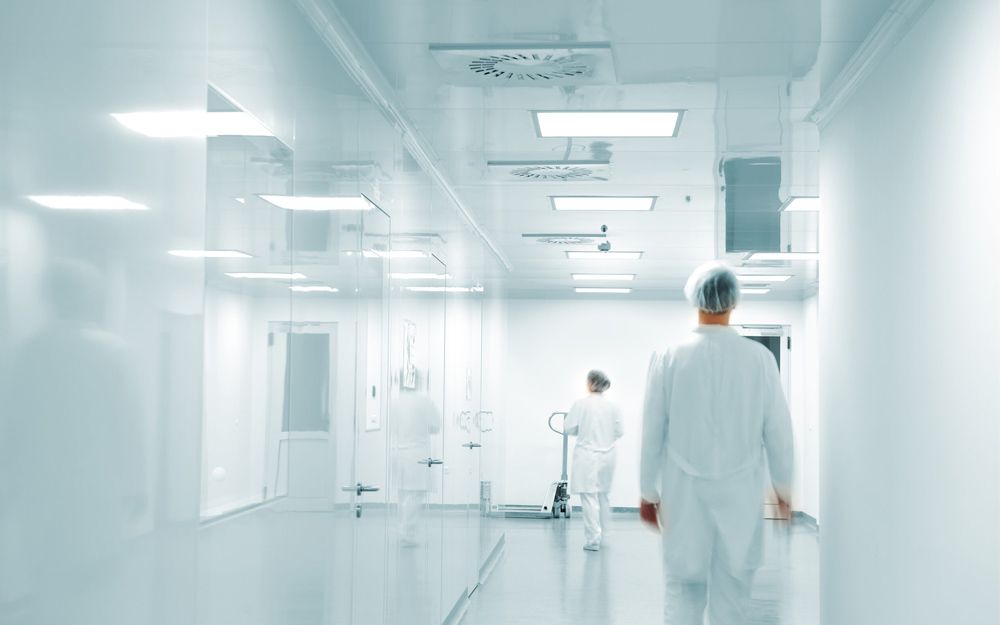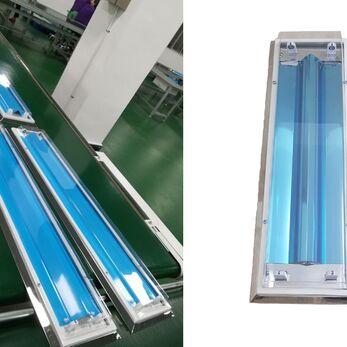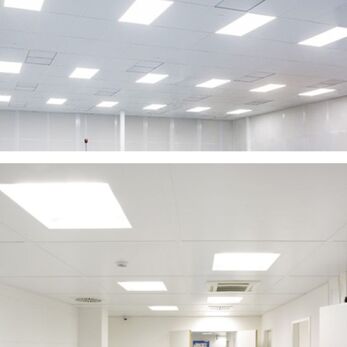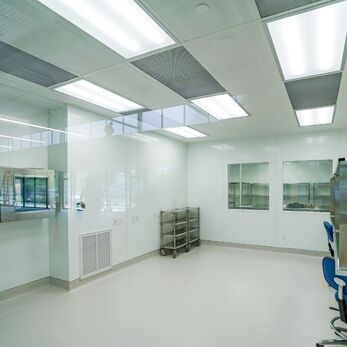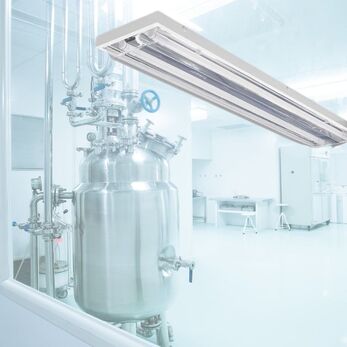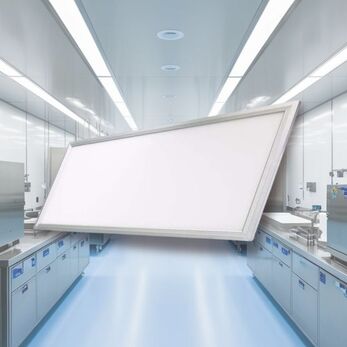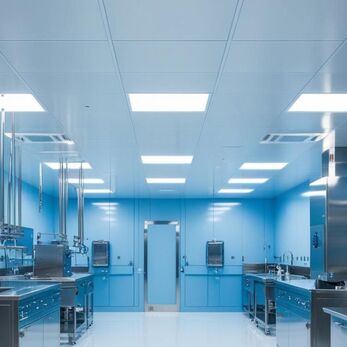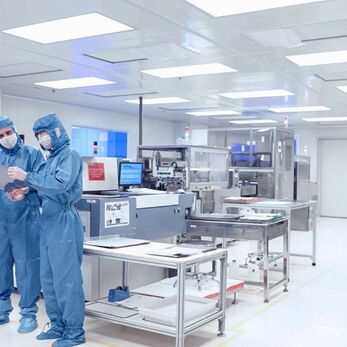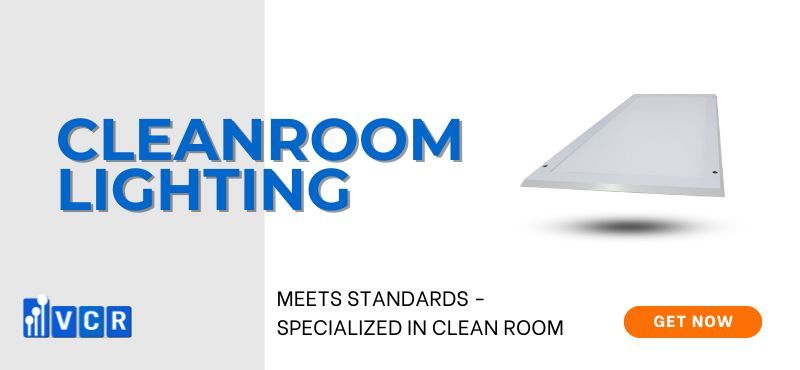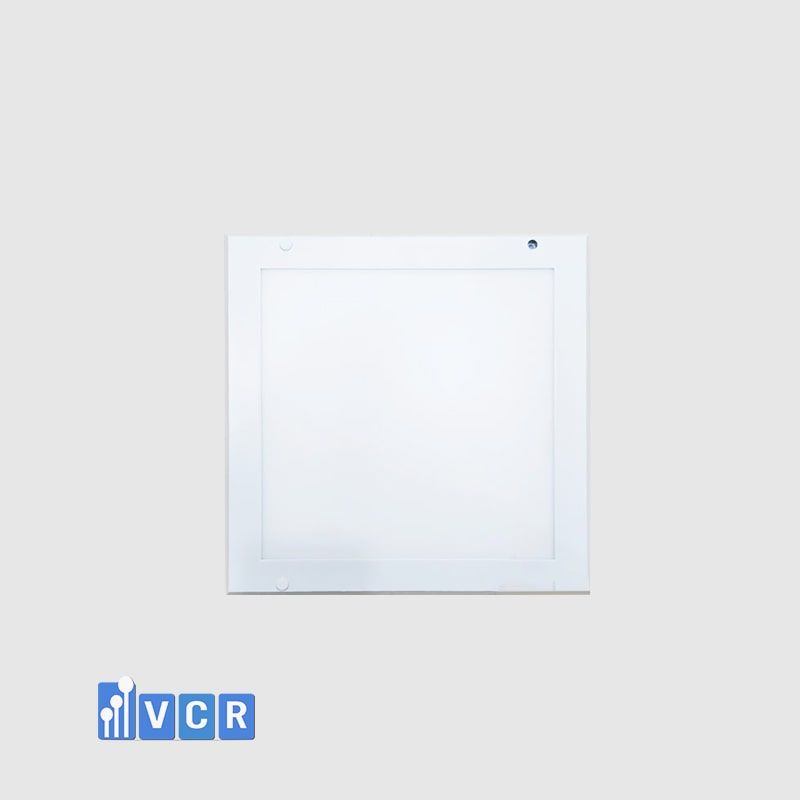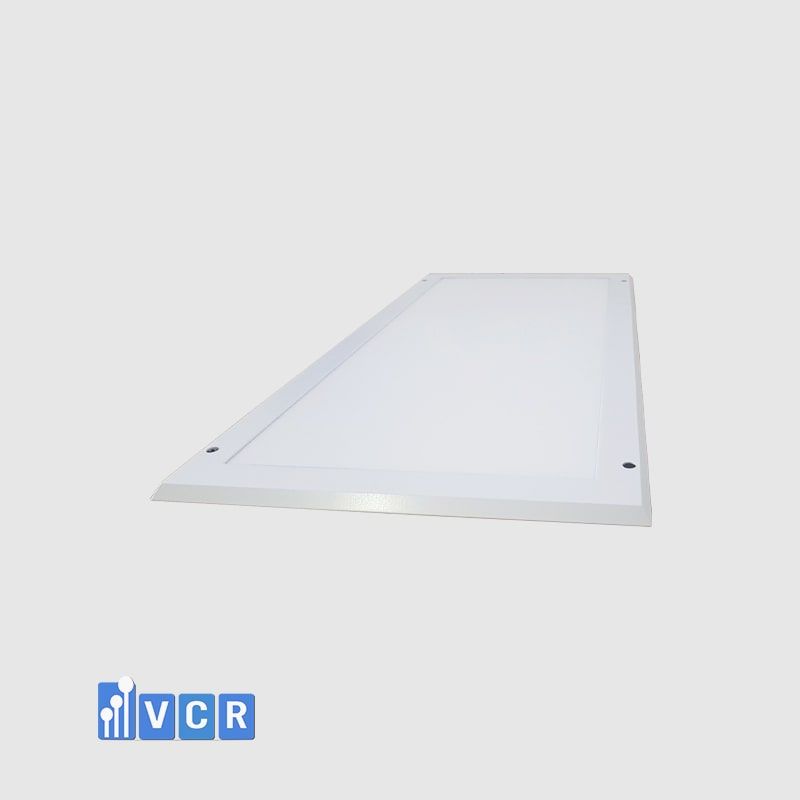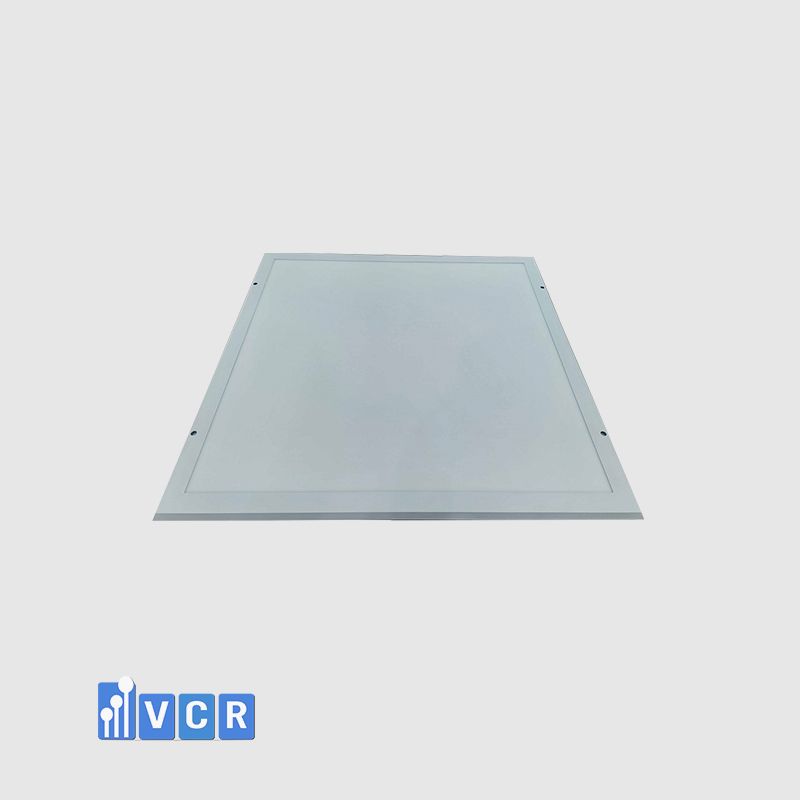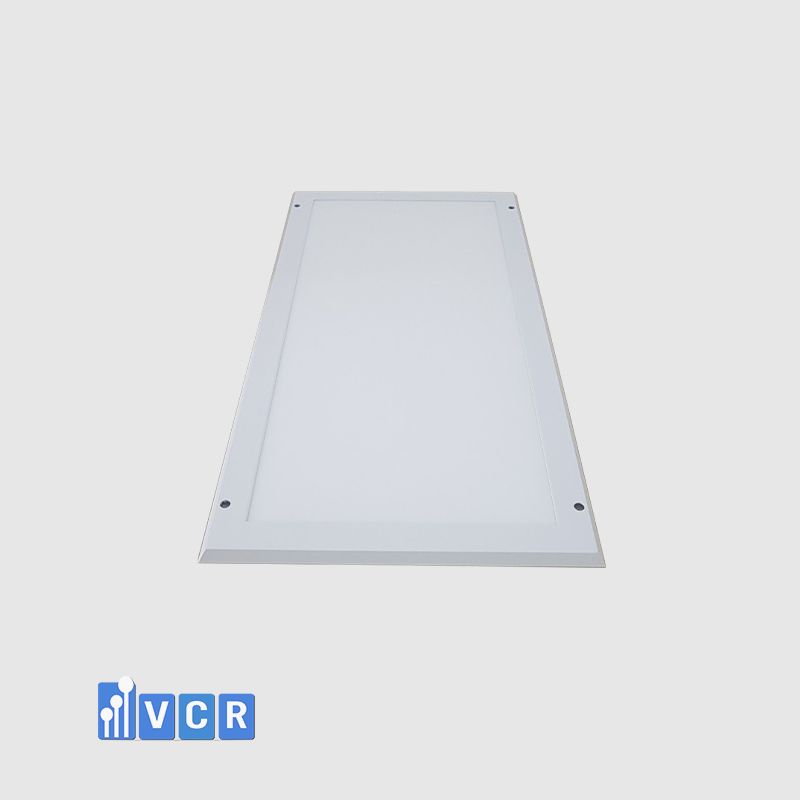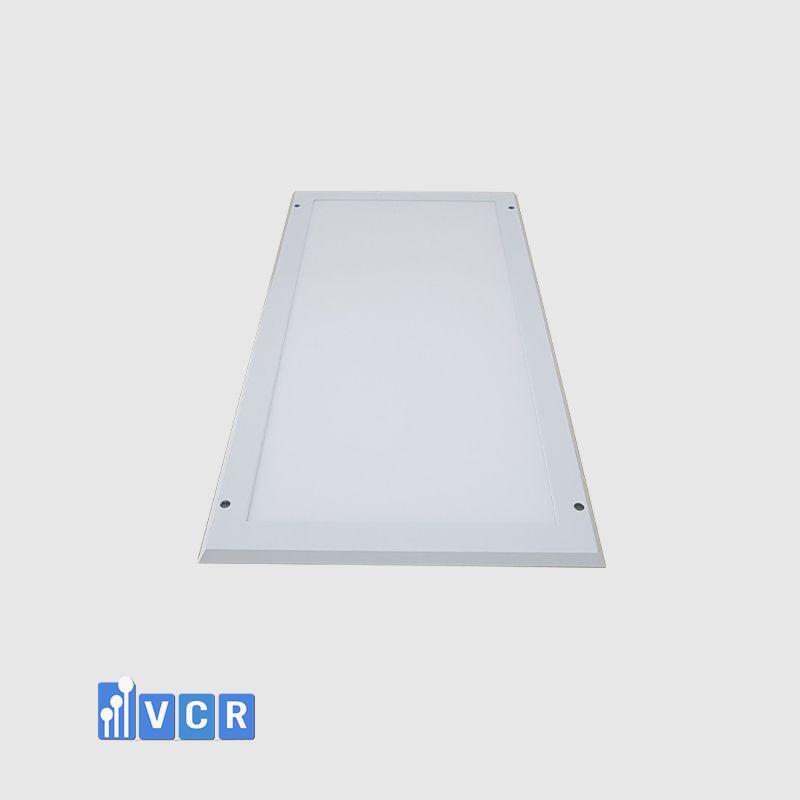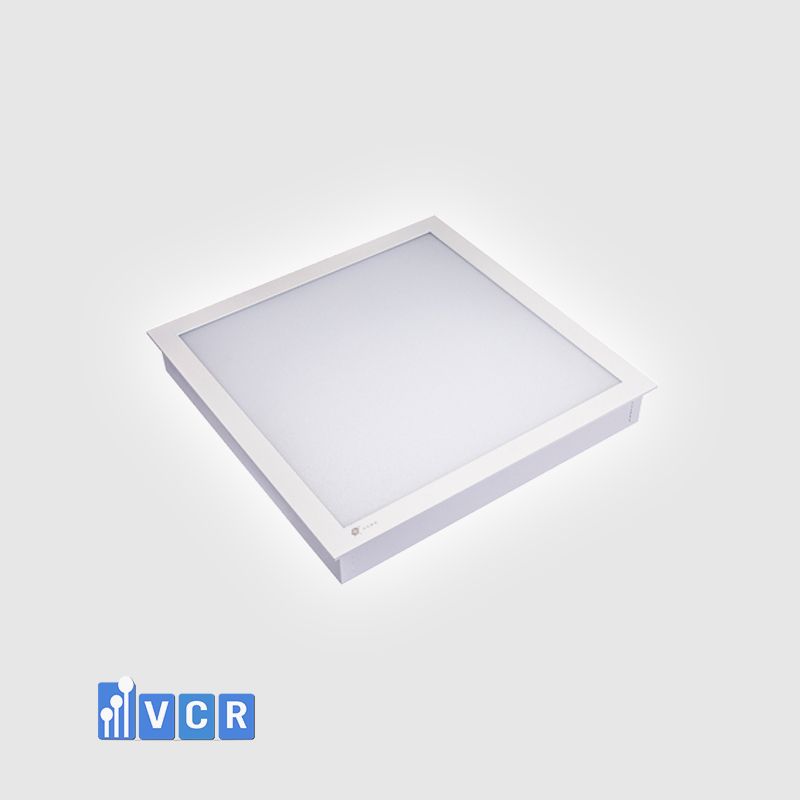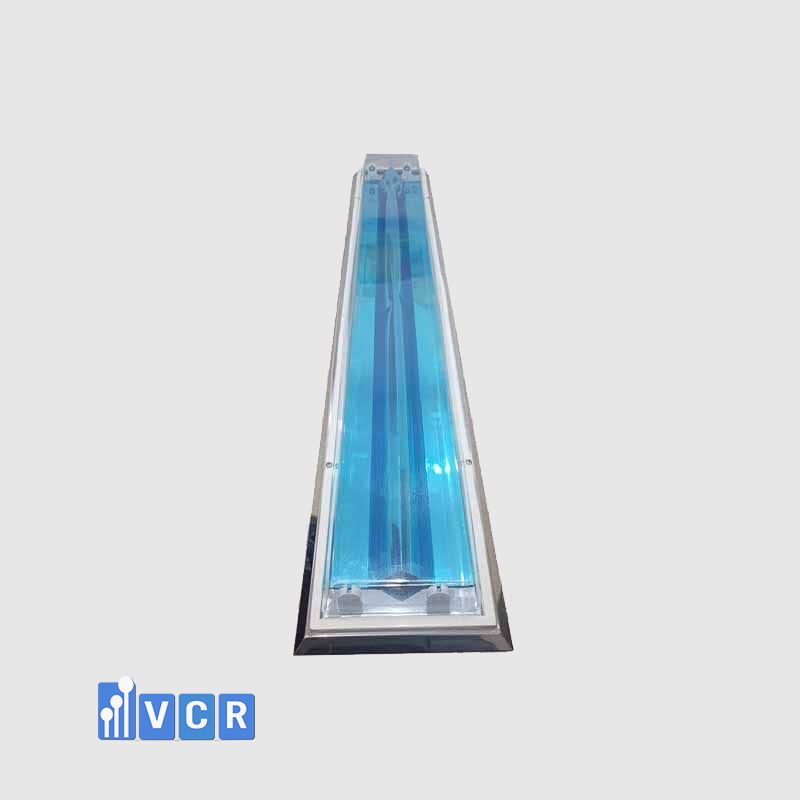Lighting is typically given little priority in Cleanroom design, where the main focus is on minimizing contamination. Precision is crucial, so the installation of Cleanroom equipment, including lighting, demands meticulous attention to prevent any form of contamination.
While maintaining a sterile and contaminant-free environment is the primary objective in cleanroom design, lighting often takes a backseat. However, meticulous tasks performed in these controlled spaces demand precise and strategic illumination. This article delves into the intricacies of cleanroom lighting design, ensuring optimal performance and minimal contamination risk.
The Critical Role of Lighting in Cleanrooms:
Cleanroom professionals understand that precision is paramount. Every element, including lighting fixtures and their installation, must adhere to strict contamination control protocols. Gone are the days of haphazardly placed fixtures; expert installation by cleanroom specialists is essential.
Understanding Cleanroom Lighting Requirements:
The type and intensity of lighting required vary depending on the cleanroom classification, its specific purpose, and its air supply configuration. Factors like cleanability, electromagnetic field generation, and contamination control must be meticulously considered during the design phase.
Key Considerations for Effective Cleanroom Lighting:
- Cost Optimization: While initial and maintenance costs are crucial, prioritize factors like coordinating with air supply systems, ensuring proper illumination, and minimizing process contamination over minimal energy consumption (cleanroom lighting typically accounts for less than 1% of total energy use).
- Task-Specific Illumination: Different areas within the cleanroom have varying lighting needs. Our engineers meticulously assess each process area to determine the optimal illumination levels required for the specific tasks performed there.
- Maximizing Ceiling Space: Restrictive cleanroom ceilings often present a challenge for traditional lighting placements. A well-designed system utilizes available space efficiently, ensuring maximum visual comfort and efficiency for optimal performance.
See more: How to choose cleanroom light
Understanding Lighting Units:
To navigate cleanroom lighting specifications with ease, familiarize yourself with these key terms:
- Foot candles: The unit of lighting luminance, is equal to one lumen per square foot.
- Lumens: Describes the luminous flux or light output of the source.
- Lux: Measures the brightness/light intensity as perceived by the human eye.
Conclusion:
Cleanroom lighting design is a nuanced field that demands expertise, precision, and meticulous attention to detail. By prioritizing contamination control, optimizing illumination for specific tasks, and understanding the interplay between lighting and other cleanroom elements, we can create environments that foster both efficiency and precision.




